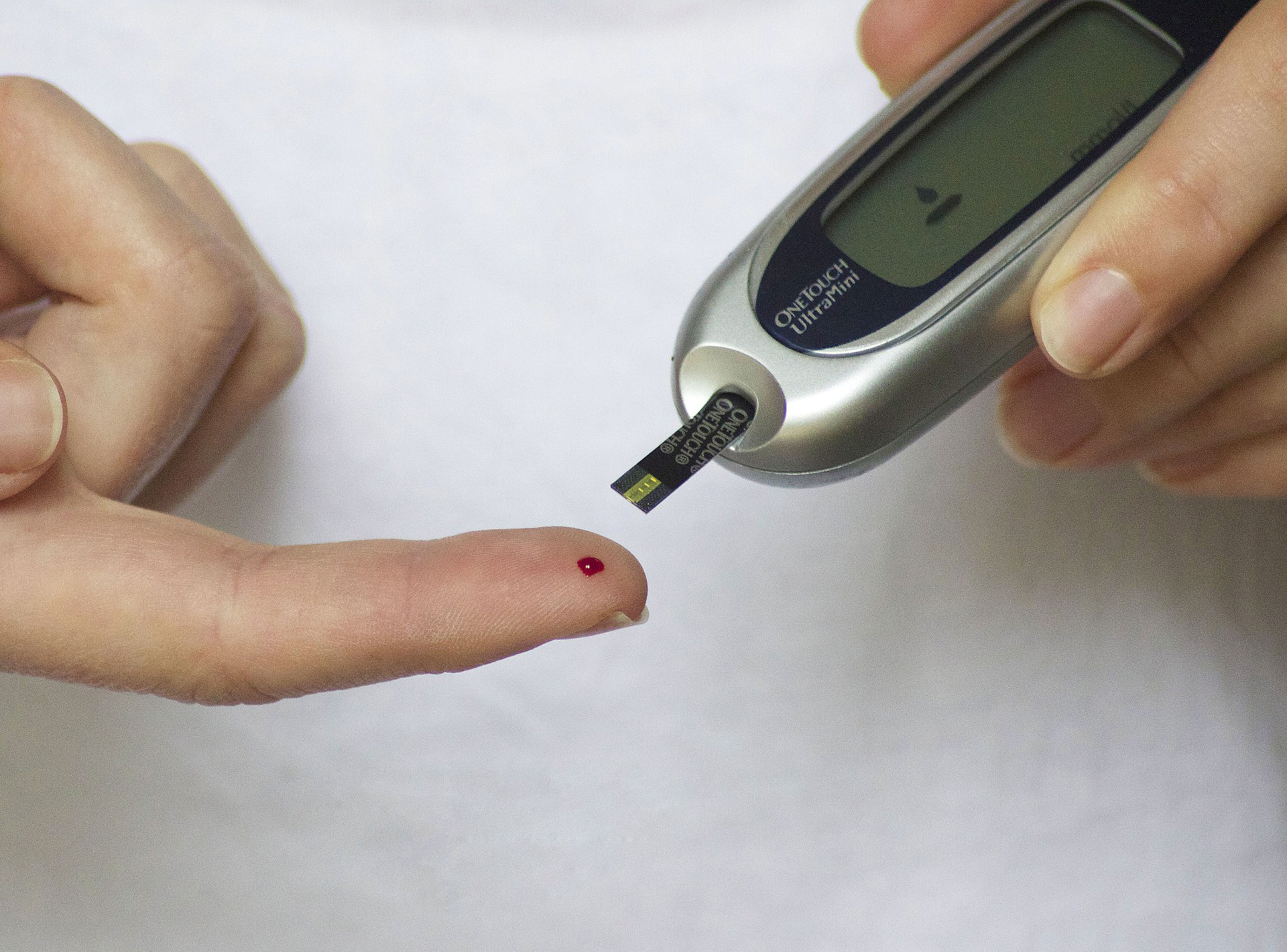 The new study measured blood markers in Aboriginal pregnant women at high risk of developing diabetes and having risky births.
The new study measured blood markers in Aboriginal pregnant women at high risk of developing diabetes and having risky births.
The WA-based study evaluated the potential use of the haemoglobin A1c test (HbA1c) to accurately reflect glucose levels early in pregnancy and identify women who have a high risk of developing gestational diabetes.
The study, called ORCHID (Optimisation of Rural Clinical and Haematological Indicators of Diabetes in pregnancy), is led by Assoc. Prof Julia Marley, from the University of Western Australia and focuses on women living in rural and remote locations of WA.
About the problem
Gestational diabetes mellitus (GDM) occurs when there are abnormally high blood glucose levels during pregnancy. Developing GDM during pregnancy carries multiple health risks for women, such as developing pre-eclampsia, hypertension, early delivery, induction of labour and caesarean section. In the long-term, these women are also at high risk of developing type 2 diabetes mellitus. For babies, there is also a wide range of potential health problems, including macrosomia, fetal death, shoulder dystocia, nerve palsy, hypoglycaemia and respiratory distress, among others.
GDM is a growing problem in Australia, with an estimated nation-wide prevalence of 9.6% to 13.0%, but with incidence rate varying significantly with age: women who are 45–49 years old have an estimated 31% incidence of GDM, according to data from the AIHW.
GDM is usually diagnosed late in pregnancy through a glucose tolerance test (OGTT), also known as the sugar drink test. Here, patients have to fast overnight and have three blood samples taken over two hours. However, previous research by Assoc. Prof Marley has shown some important limitations with the use of the OGTT test. One study that analysed the antenatal record of 551 women in rural WA found that about half of these women were screened with the OGTT test. Another study found fundamental issues with the OGTT test, involving the impact of glycolysis on the accuracy of glucose levels. The study found that glycolysis could lead to 62% GDM under-diagnosis, urging the need for blood samples to be processed quickly. Another issue raised by clinic staff is that diagnosis of GDM happens late in pregnancy so there is not much time left for women to make changes to decrease blood glucose levels.
With these issues in mind, Assoc. Prof Marley developed the ORCHID study. One of the aims was to determine if implementing the HbA1c test early in pregnancy could help clinicians identify women at risk of having GDM as well as at high risk of having a baby that was too big (large-for-gestational age).
About the study
The ORCHID study measured HbA1c levels in 396 women, who also had an OGTT test done later in their pregnancy. One of their key findings was to identify an optimal level of HbA1c, that could be used by clinicians to determine the risk of GDM.
“We found that the best HbA1c level for working out if Aboriginal women would get GDM was ≥5.6%. Almost three-quarters of Aboriginal women that had early HbA1c ≥5.6% went on to be diagnosed with GDM later in pregnancy,” said Assoc. Prof Marley.
The findings suggest that about two-thirds of Aboriginal women who were told they had GDM likely had pre-diabetes before they became pregnant.
Another important finding concerns the significant differences found between Aboriginal and non-Aboriginal women. More Aboriginal women, compared to non-Aboriginal women (16.3% v 5.2%), likely had pre-diabetes before pregnancy (early HbA1c ≥5.6%). By contrast more non-Aboriginal women compared to Aboriginal women developed GDM during pregnancy (29.6% v 12.4%).
“This suggests fewer non-Aboriginal women had pre-diabetes going into pregnancy compared to Aboriginal women,” Assoc. Prof Marley said.
The study also found that women with an early HbA1c ≥5.6% were twice as likely to have a large baby, compared to women with an early HbA1c <5.6% and who did not develop GDM.
“This study highlights the need for targeted services for both accurate and timely screening of all hyperglycaemia in pregnancy. Diabetes WA believes there is an urgent need to review the current equity of access to diabetes education for all women with diabetes in pregnancy, particularly those in vulnerable groups,” said Sophie McGough, General Manager Growth & Innovation at Diabetes WA.
Overall, the findings of this study highlight the need to assess the risk of pregestational pre-diabetes and diabetes in pregnant women and the potential of using the HbA1c test for this purpose.
“If you are at high risk of having pre-diabetes or diabetes (includes all Aboriginal adults) it is good to have an HbA1c check-up every year – this can be done as part of the annual health check (‘715 health check’),” said Ms Erica Spry, Aboriginal Research Officer, Kimberley Aboriginal Medical Services and ORCHID Study North Coordinator. “We think that all Aboriginal women should do an HbA1c test at their first antenatal visit to see if they had pre-diabetes or diabetes before they became pregnant. We plan on yarning with Aboriginal women and clinic staff to co-design culturally appropriate ways to support women with pre-diabetes in pregnancy,” she added.

